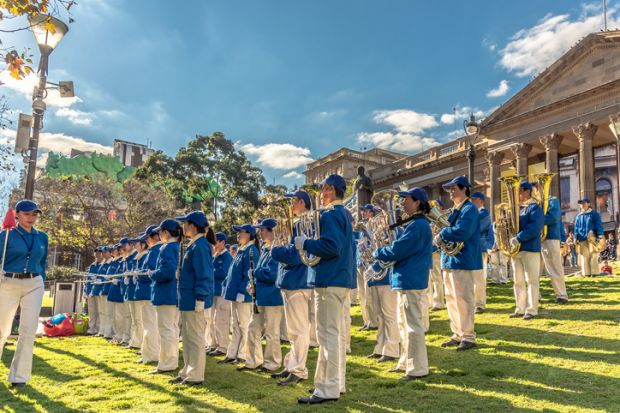Australia should consider adopting a school-style funding mechanism as an alternative to a levy on international students’ fees, analysis suggests.
Melbourne researchers say the “capacity to contribute” concept, part of the School Resourcing Standard (SRS) model of needs-based funding in compulsory education, could be used to redistribute higher education resources while avoiding some of the pitfalls of a levy.
“We give more resources to schools where we identify there’s a greater need,” said Peter Hurley, director of the Mitchell Institute at Victoria University. “And if they have greater ability to raise money themselves, particularly through private school fees, then we lessen the amount of government support.
“That’s something that can have some kind of applicability in this [higher education] setting.”
In a policy brief, the institute notes that some universities earn much more than others from international education. “A revised capacity to contribute measure that considers the high margin for international students could be used to…direct scarce resources where they are needed the most,” it says.
Last year the University of Sydney, which attracts the most international student revenue of any Australian institution, earned almost twice as much from this source as all 10 non-capital city universities combined. The suggestion that such earnings be redistributed through a levy, an idea under consideration by the Universities Accord panel, has attracted almost no support and been derided as an “envy tax”.
Dr Hurley conceded that the levy proposal was unpopular. “It’s a tax on institutions, I suppose, but it does put the burden on international students themselves. That’s very problematic for a lot of reasons.”
He said a capacity to contribute mechanism would also be “more palatable” to richer universities because it would cost them less than an international fee levy.
The SRS comprises base school funding and extra loadings to cover the additional costs of educating students who are indigenous, live in remote or unpopulated areas or have a disability, poor English or “socio-educational disadvantage”. These loadings can be considerable, in some cases doubling or even quadrupling per-student funding.
The capacity to contribute mechanism operates in the other direction, reducing government funding for independent schools in wealthy communities. Under the model, the richest schools can forfeit up to 80 per cent of their government funding.
Mitchell Institute modelling estimated that an adapted version of SRS loadings could increase universities’ teaching allocations by 11 per cent or A$1.3 billion (£686 million). This extra money would be monopolised by regional institutions, with North Queensland’s James Cook University boosting its teaching income by 24 per cent, while inner city counterparts such as the universities of Melbourne and Canberra received an extra 5 per cent.
Dr Hurley conceded that such a proposal would probably only be “politically palatable” if it required no extra funding from Canberra. Instead, base university funding might be reduced by 10 or 20 per cent, with the remainder redistributed according to need.
The Universities Accord is “examining the potential benefits of a student-centred, needs-based funding model for learning and teaching in universities, similar to that now used for schools”, according to its interim report. Dr Hurley said the challenges should not be underestimated.
“One of the things we really found…is just how technical it is,” he said. “[The SRS] is constantly being refined.”
Register to continue
Why register?
- Registration is free and only takes a moment
- Once registered, you can read 3 articles a month
- Sign up for our newsletter
Subscribe
Or subscribe for unlimited access to:
- Unlimited access to news, views, insights & reviews
- Digital editions
- Digital access to THE’s university and college rankings analysis
Already registered or a current subscriber? Login












